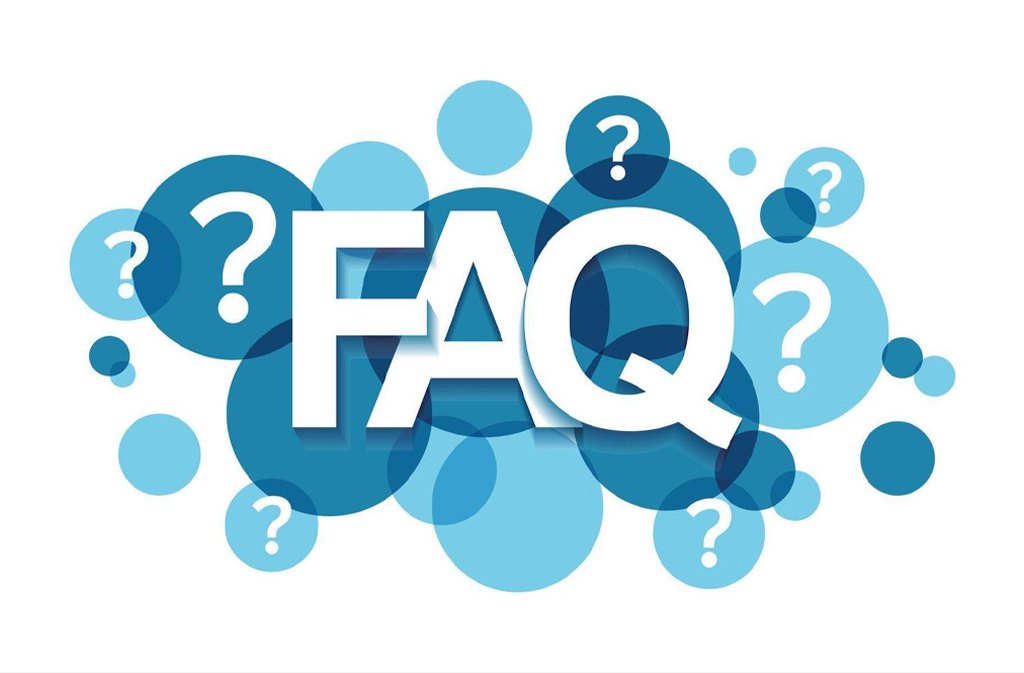Business casual is a popular dress code that blends professional style with comfort. Many workplaces choose it because it allows employees to look polished without the formality of a full suit. This balance helps create a welcoming office atmosphere while still keeping a professional image.
Understanding what business casual means can be tricky, as it often depends on the company culture. In this guide, you will learn what it involves, how to style it for different situations, and common mistakes to avoid.
What Does Business Casual Mean?
At its core, business casual means dressing neatly and professionally but without overly formal pieces like a tie or a three-piece suit. For men, it could mean slacks and a collared shirt. For women, it might include skirts, dresses, or tailored pants paired with a blouse.
However, the definition of business casual can vary between industries. For example, a tech company may allow jeans, while a law office might expect more structured clothing. Knowing your workplace’s expectations will help you dress appropriately.
Why Workplaces Choose Business Casual
Many companies choose business casual because it offers flexibility. Employees can feel more comfortable while still looking professional, which can improve morale and productivity. This relaxed approach can also make the workplace feel more approachable for clients and visitors.
Another reason is that it allows personal style to shine through. While formal wear can look uniform, business casual outfits can reflect an individual’s personality, as long as they remain within professional guidelines.
Essential Clothing Items for Business Casual
A good business casual wardrobe starts with versatile basics. Men often rely on chinos, button-down shirts, and loafers. Women may choose tailored trousers, cardigans, and low-heeled shoes. Neutral colors work well because they can be mixed and matched easily.
Layering is also important. Adding a blazer over a shirt instantly elevates the look. This flexibility helps you adjust your outfit for meetings or after-work events without needing a complete change.
Business Casual for Men
For men, business casual often means avoiding both extreme formality and excessive informality. A collared shirt, dress pants, and leather shoes are a safe choice. Adding a sweater in cooler months can keep you comfortable while looking sharp.
While some offices allow clean, dark jeans, it’s best to confirm before wearing them. T-shirts, shorts, and athletic shoes generally don’t fit the business casual standard, even in relaxed settings.
Business Casual for Women
Women have a wide range of choices within business casual guidelines. Dresses and skirts should be knee-length or longer. Blouses, sweaters, and blazers create a polished appearance while allowing comfort.
Shoes can include flats, low heels, or loafers. However, overly casual footwear like flip-flops or athletic sneakers is not appropriate. Accessories should be tasteful and not overly flashy, keeping the focus on a professional image.
How to Adjust Business Casual for Different Seasons
In warmer months, lighter fabrics like cotton and linen help keep you comfortable while still looking professional. Short-sleeved blouses or polo shirts can work in more relaxed offices. However, overly revealing clothing should be avoided.
During colder months, layering becomes key. Cardigans, blazers, and scarves can add warmth while maintaining style. Choosing seasonal colors like deep blues or earthy tones can also keep your look fresh.
Business Casual in Remote Work Settings
Even when working from home, many people follow a business casual approach for video meetings. A neat shirt or blouse with comfortable trousers can help you look prepared without sacrificing comfort.
Dressing well, even in a remote setting, can also improve confidence and productivity. It signals to your brain that you are in “work mode,” which can help you stay focused throughout the day.
Common Mistakes in Business Casual Dressing
One common mistake is wearing clothing that is too casual, such as distressed jeans or graphic t-shirts. These items can give the wrong impression, especially in client-facing roles. Another mistake is neglecting proper grooming, which is just as important as clothing.
Wearing clothes that don’t fit well can also harm your overall look. Tailored pieces create a sharper appearance, while oversized or too-tight garments can appear unprofessional.
Tips for Building a Wardrobe
Start by investing in a few high-quality basics that can be worn in multiple combinations. Neutral colors like black, navy, and beige make it easy to mix and match without clashing. This approach saves time and money.
It’s also worth adding a few statement pieces, like a patterned shirt or a colorful scarf, to keep your outfits interesting. However, balance is important—too many bold pieces can overwhelm the professional feel of business casual.
Final Thoughts
Business casual is about finding the perfect mix of comfort and professionalism. By understanding your workplace’s expectations, investing in versatile pieces, and avoiding common mistakes, you can create a style that works in almost any professional setting. Over time, your business casual wardrobe will become a reliable foundation for looking confident and capable at work.

FAQs
1. What does business casual mean?
Business casual is a dress code that is less formal than traditional business attire but still professional. It combines comfort with a polished appearance.
2. Is the same for men and women?
Not exactly. While both aim for neat, professional clothing, men may wear items like chinos and button-up shirts, while women might choose skirts, blouses, or dresses.
3. Can jeans be considered?
Sometimes. In some workplaces, dark, neat jeans are accepted, but in others, jeans are too casual. Always check your company’s policy.
4. Are sneakers allowed in a outfit?
Usually no. Sneakers are often considered too casual unless your workplace has a more relaxed dress code.
5. What shoes are best?
Loafers, dress shoes, flats, and low heels are common choices. These styles keep the outfit looking professional.
Visit our website: Pure Magazine